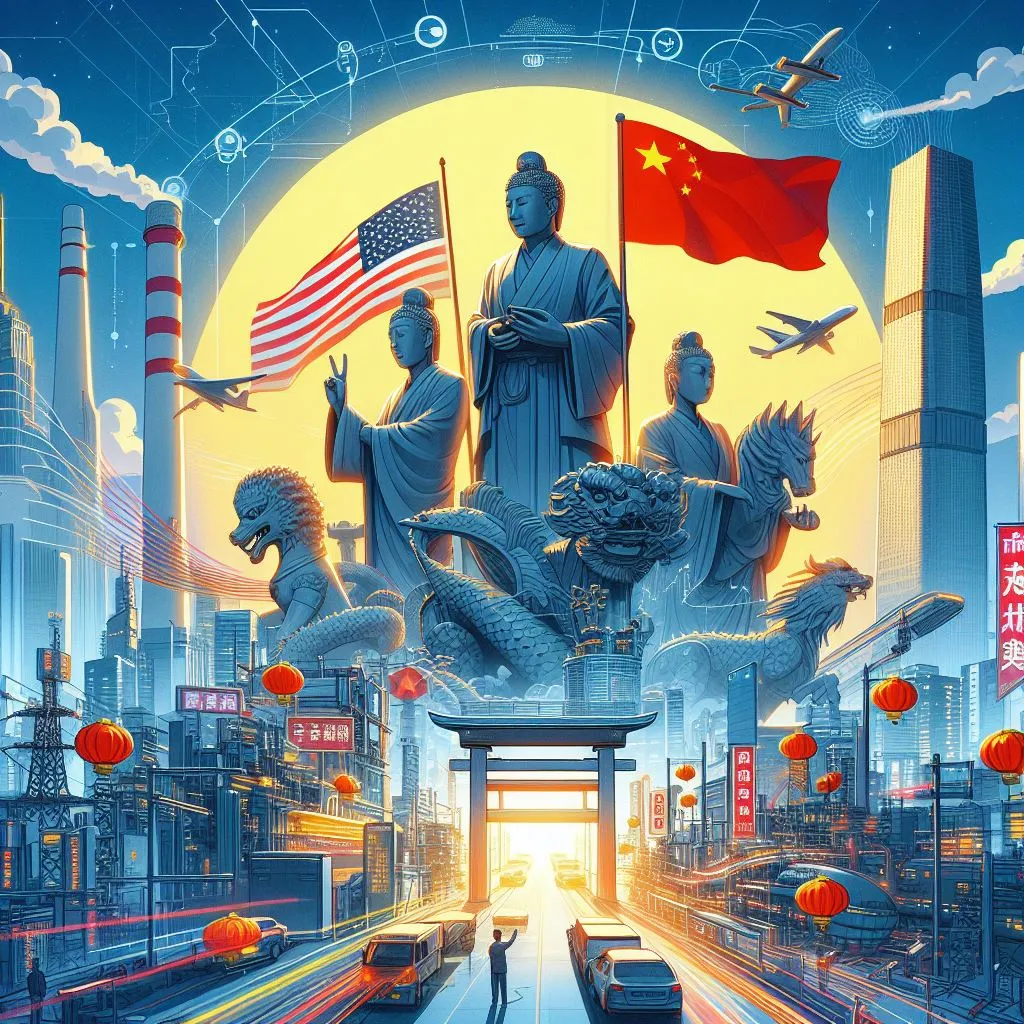It cannot be denied that China is one of the countries with tremendous economic growth. Even when the pandemic hit the world, China still managed to record a positive economic growth of 3%, while the global economy contracted by 4%.
This indicates that China has strong resilience in facing crises, although some argue that the figures they report are not entirely accurate.
China also has advantages in terms of production and trade. It is the world’s largest exporter, with a value reaching $2.5 trillion USD in 2019.
China also has the largest foreign exchange reserves in the world, valued at $3.1 trillion USD in 2020.
China also has the largest population in the world, with around 1.4 billion people in 2020.
With a large population, China has a potential market and cheap labor.
However, China’s economic strength does not automatically make it a superpower. China still faces several serious economic problems, such as social inequality, public debt, corruption, pollution, and dependence on energy imports.
China also still lags behind the United States in terms of Gross Domestic Product (GDP) per capita, reflecting the level of people’s welfare.
In 2019, China’s GDP per capita was around $10,000 USD, while the GDP per capita of the United States was around $65,000 USD.
Moreover, China also faces competition and conflicts with other countries, especially the United States, which is not pleased with China’s rise.
The United States has imposed various sanctions and import tariffs on Chinese products, which negatively impact trade and investment between the two countries.
The United States also tries to isolate China from the Asia-Pacific region by forming alliances with countries like Japan, Australia, India, and Vietnam.
Military Power













